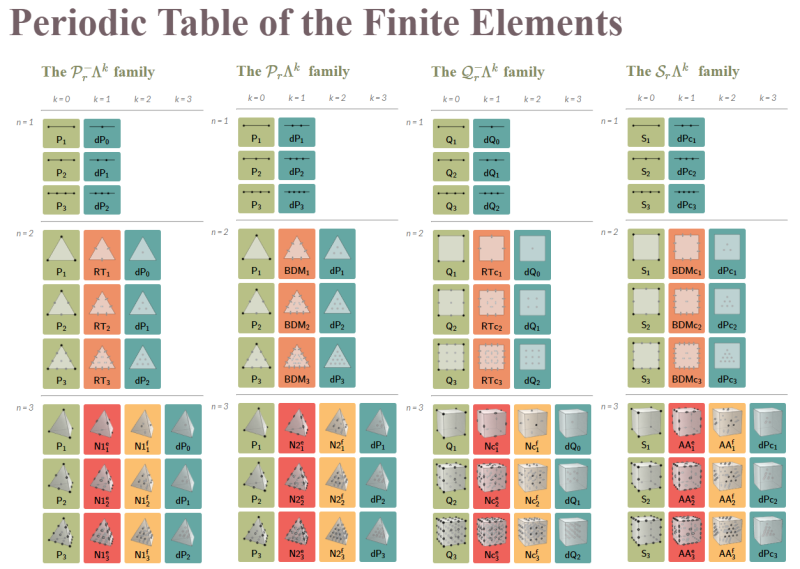DrBwts
Mechanical
- Nov 4, 2012
- 297
Besides tri, quad, tet & hex are there any other element that have been used in FE?
Not bothered if they have been successful or not (probably not as I would have come across them by now I guess)
Not bothered if they have been successful or not (probably not as I would have come across them by now I guess)


![[bigsmile] [bigsmile] [bigsmile]](/data/assets/smilies/bigsmile.gif) .
.![[wink] [wink] [wink]](/data/assets/smilies/wink.gif)